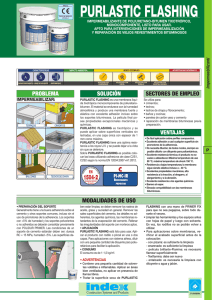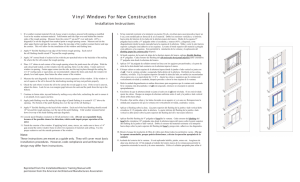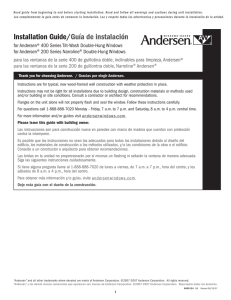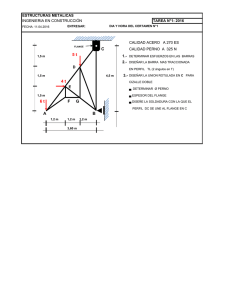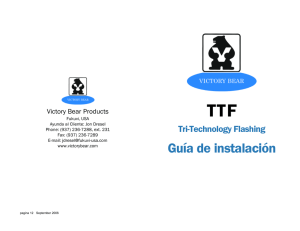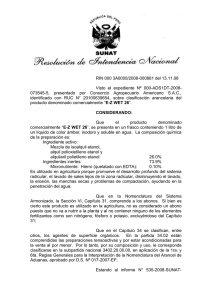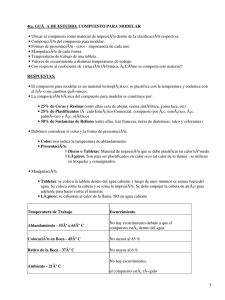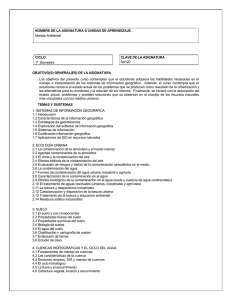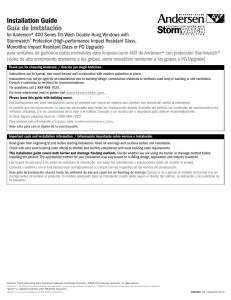This system from raises the standard for flashing windows and doors
Anuncio
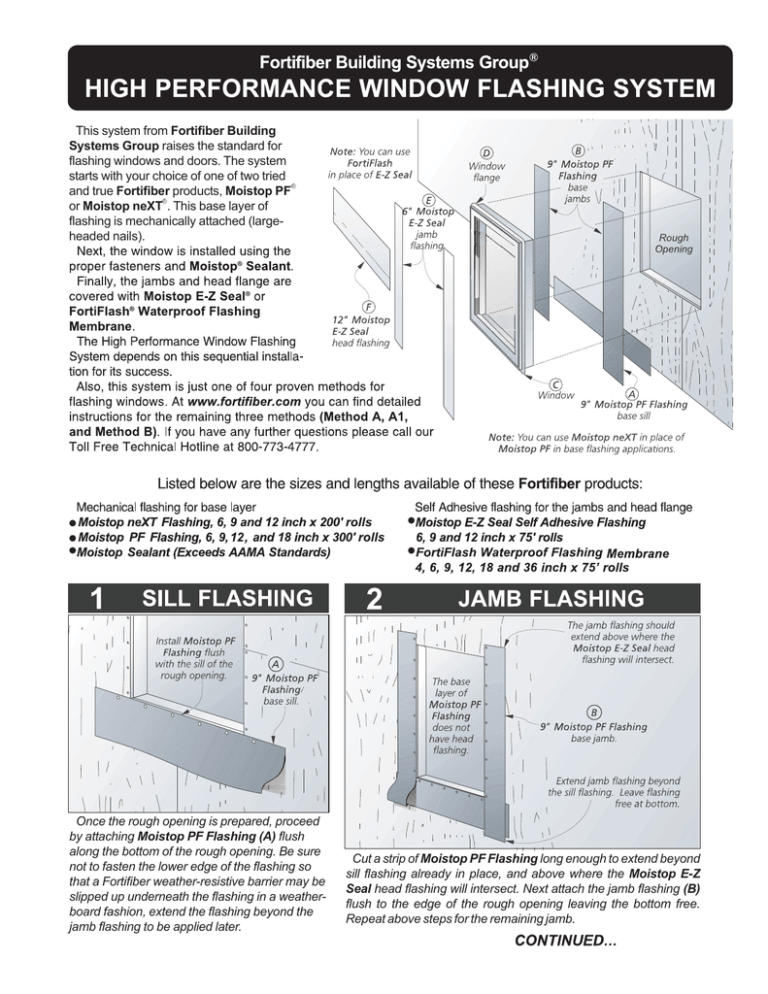
This system from Fortifiber Building Systems Group raises the standard for flashing windows and doors. The system starts with your choice of one of two tried ® and true Fortifiber products, Moistop PF ® or Moistop neXT . This base layer of flashing is mechanically attached (largeheaded nails). Once the rough opening is prepared, proceed by attaching Moistop PF Flashing (A) flush along the bottom of the rough opening. Be sure not to fasten the lower edge of the flashing so that a Fortifiber weather-resistive barrier may be slipped up underneath the flashing in a weatherboard fashion, extend the flashing beyond the jamb flashing to be applied later. Cut a strip of Moistop PF Flashing long enough to extend beyond sill flashing already in place, and above where the Moistop E-Z Seal head flashing will intersect. Next attach the jamb flashing (B) flush to the edge of the rough opening leaving the bottom free. Repeat above steps for the remaining jamb. Caulk flange with bead. Before installing the window (C), Apply a continuous bead of Moistop Sealant to the perimeter of the rough opening or to the backside of the mounting flange (D) of the window. Install the window according to the window manufacturer’s instructions. Wipe the window flange (D) and base Moistop PF Flashing (B) layer clean before applying Moistop E-Z Seal. Cut the desired length of Moistop E-Z Seal with a sharp knife. Pull off the release paper and place the Moistop E-Z Seal on top of the window flange. Apply firm pressure along the entire self adhesive strip to ensure a continuous seal. Once the High Performance Window Flashing System is properly installed, apply a Fortifiber weather-resistive barrier in a weather-board fashion. Limitations: For optimum adhesion, Moistop E-Z Seal and FortiFlash flashing should be applied at temperatures between 40° F (4.4° C) and 120° F (48.9° C). FortiFlash is the only Fortifiber flashing product that can be installed horizontally or at a slope of less than 60°. Product should be covered as soon as possible. Inspect product to insure it is free of any protrusions or damage which may compromise its moisture-resistive properties. FortiFlash is not compatible with EPDM or flexible (plasticized) Polyvinyl Chloride (PVC) based products. FortiFlash also is not compatible with some sealants. Consult with sealant manufacturer for compatibility information. Direct exposure of sealant to the adhesive side of FortiFlash can be detrimental if the amount of sealant exceeds what is specified above. Please follow these recommendations regarding location and amount of sealant to be used. Fortifiber strongly recommends against the practice of using a knockdown bead of sealant, or buttering the flange with sealant, because this amount of sealant is excessive and unnecessary. (3/29/07) Este sistema de Fortifiber Building Systems Group eleva la norma para el escurrimiento de ventanas y puertas. El sistema comienza con su elección entre uno de dos productos Fortifiber comprobados de calidad, Moistop ® ® PF o Moistop neXT , esta capa base de plancha de escurrimiento se coloca mecánicamente (con clavos de cabeza grande). Una vez que la apertura basta está lista, proceda a acoplar la Plancha de Escurrimiento Moistop PF (A) al ras de lo largo de la parte inferior de la apertura basta. Asegúrese de no fijar el borde inferior de la plancha de manera que una barrera resistente a la intemperie de Fortifiber pueda deslizarse por debajo de la plancha a modo de capas solapadas; extienda la plancha más allá del escurrimiento por montante que será aplicado más adelante. Corte una tira de Plancha de Escurrimiento Moistop PF lo suficientemente larga para extenderse más allá del escurrimiento de antepecho ya en su lugar, y por encima de donde el escurrimiento por frente Moistop E-Z Seal hará la intersección, acople la tira (B) al ras del borde de la apertura basta dejando libre la parte inferior. Repita los pasos anteriores para la instalación del resto del montante. Limpie el reborde de la ventana (D) y la capa base de escurrimiento Moistop PF (B) antes de aplicar Moistop E-Z Seal. Corte el largo deseado do Moistop E-Z Seal con un cuchillo afilado. Tire del papel que lo cubre y sitúe el Moistop E-Z Seal arriba del reborde de la ventana. Aplique presión firme a lo largo de toda la tire de tela autoadhesiva para asegurar que se selle de manera continua. Una vez que el Sistema de Escurrimiento para Ventana de Alto Rendimiento ha sido instalado apropiadamente, aplique una barrera resistente a la intemperie de Fortifiber a modo de capas solapadas. (3/29/07)
